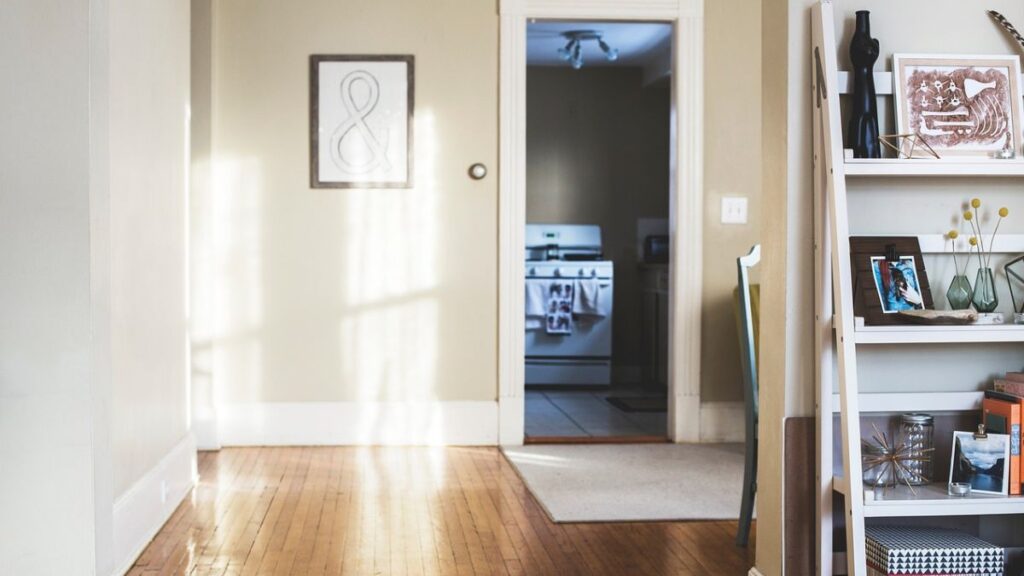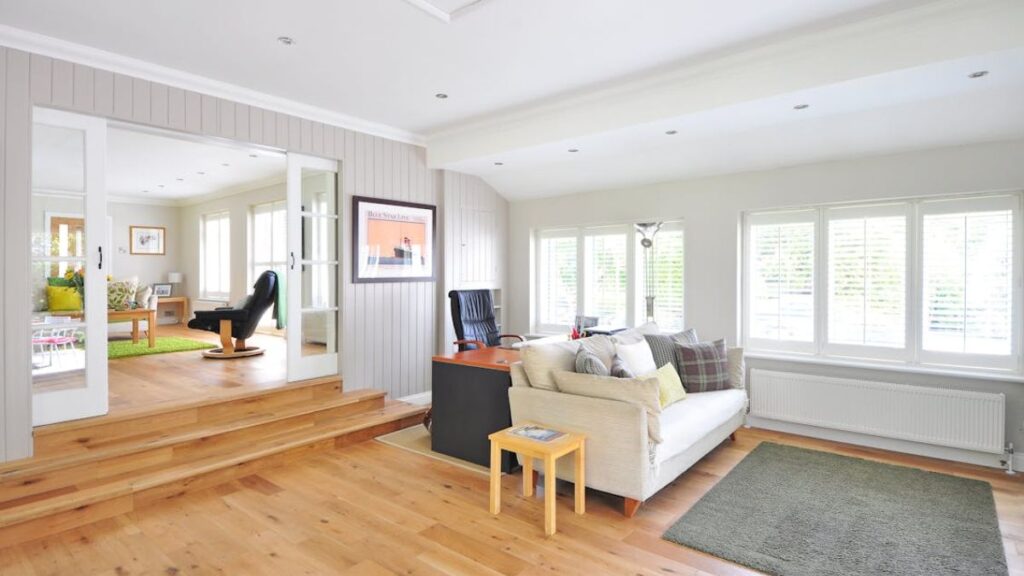Choosing the right flooring for your home is more than just a cosmetic decision – it can significantly affect the functionality and feel of your space. With so many options available, from traditional hardwood to modern vinyl, each type comes with its own set of pros and cons that can impact your daily life. Whether you’re renovating a single room or outfitting your entire home, understanding the benefits and drawbacks of each flooring material is essential to making an informed choice.

Hardwood Flooring: Timeless Elegance with a Price Tag
The rich, natural wood grain adds warmth and sophistication to any room. If you choose hardwood, you’re investing in a classic look that never goes out of style. One of the biggest challenges is the cost. Hardwood floors can be prone to scratches, dents, and water damage, especially if you have pets or children. When considering hardwood flooring, both maple and hickory offer distinct benefits, so it’s important to compare Maple vs Hickory flooring to determine which best suits your style and durability preferences. You’ll need to take extra care to maintain your floors, including refinishing them periodically to restore their original luster.
Carpet Flooring: Comfort and Insulation at a Lower Cost
Carpets can create a cozy atmosphere that hard floors simply cannot match. It also provides excellent sound insulation, making it ideal for multi-level homes or apartments where noise can travel between floors. Unlike other flooring options, carpets can stain easily and can trap dust, dirt, and allergens, making them difficult to clean. Carpets may require professional cleaning every year, and they don’t typically last as long as hardwood or tile. While the initial cost is lower, the lifespan of carpet is often shorter, making it less of a long-term investment compared to other materials.
Tile Flooring: Durability and Easy Maintenance
Tile flooring is a versatile and durable option that works well in nearly every room of the house, particularly in kitchens and bathrooms. Whether you choose ceramic, porcelain, or natural stone, tiles are incredibly resistant to moisture and stains. They’re also easy to clean, making them an excellent choice for high-traffic areas. The grout lines between tiles can collect dirt and require regular cleaning. Tile floors can also be cold underfoot, making them less ideal for colder climates unless you invest in radiant heating. Tile can be expensive to install, especially if you choose high-end materials like marble or stone.
Vinyl Flooring: Affordable and Versatile
Available in a wide variety of designs, including options that mimic hardwood and stone, vinyl is a great choice if you want the look of more expensive materials without the hefty price tag. It’s also highly resistant to water, making it perfect for bathrooms, kitchens, and laundry rooms. The quality of vinyl flooring can vary widely, and cheaper options may not have the same lifespan as more expensive types. Although vinyl has come a long way in terms of design, it might not offer the same high-end aesthetic as wood or stone, so it may not be the best choice if you’re aiming for a more luxurious feel.
Laminate Flooring: The Budget-Friendly Wood Alternative
Laminate mimics the appearance of wood, stone, or tile while offering a more budget-friendly option. It’s highly durable, easy to clean, and resistant to scratches and stains, making it a good choice for households with kids and pets. Laminate flooring lacks the authenticity of real wood. It’s made of composite materials that don’t have the same natural warmth and feel as hardwood. While laminate can be water-resistant, it isn’t entirely waterproof, so prolonged exposure to moisture can cause warping or swelling. Laminate floors cannot be refinished like hardwood, so once they start to show signs of wear, they’ll need to be replaced entirely.
Concrete Flooring: Industrial Appeal with a Modern Twist
Concrete is highly durable, low-maintenance, and can be customized with different stains, polishes, and finishes to create unique effects. It’s also incredibly versatile, working well in both interior and exterior spaces. Concrete can be uncomfortable underfoot, especially if you don’t install a rug or mat. It can also be cold and hard, making it less suitable for bedrooms or living areas where comfort is a priority. Concrete can crack over time, especially if the foundation of your home shifts. It can also be noisy, with footsteps and furniture movement echoing across the floor.

Selecting the right flooring for your home comes down to finding the perfect balance between aesthetic appeal, functionality, and maintenance. While hardwood offers timeless beauty and durability, it may not be the most cost-effective choice for everyone. On the other hand, materials like vinyl and laminate can give you a similar look at a fraction of the price, though they may not be as long-lasting. Tile and concrete flooring provide durability and easy maintenance but can be cold and harder to repair. The carpet offers comfort but requires regular upkeep.







